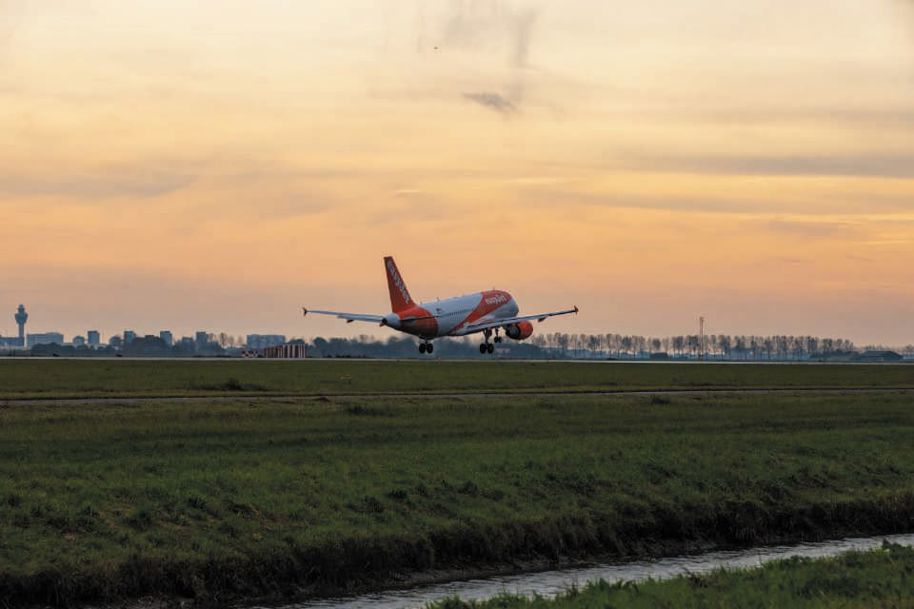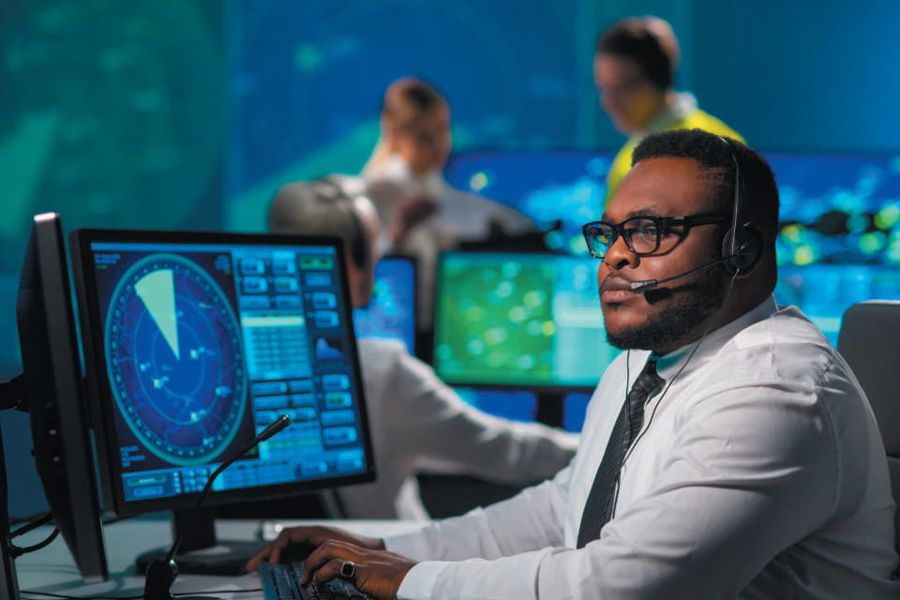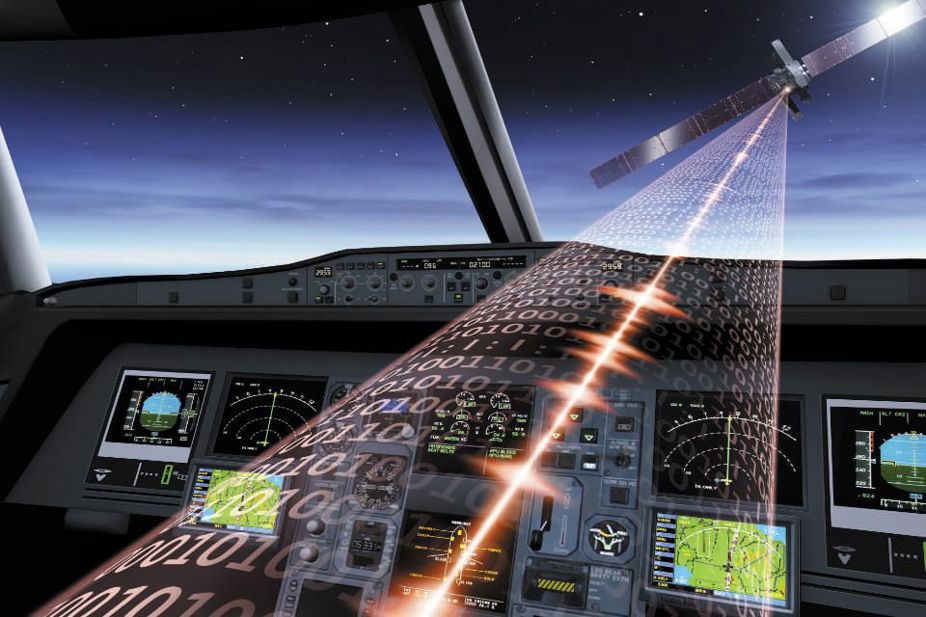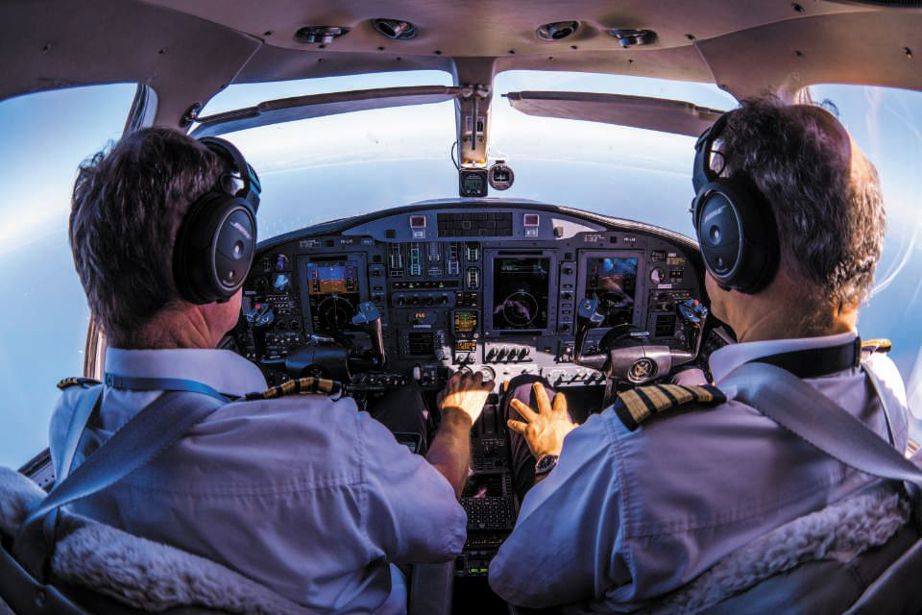
Trajectory-based operations is one of the most important shifts in the way air traffic is handled for decades.
The pan-European air traffic management (ATM) organization Eurocontrol uses the word transformation when it refers to the adoption by European ATM of trajectory-based operations and the flight optimization it enables through collaborative flight planning.
In December last year the first flight ever supported by pre-flight 4D-trajectory (4DT) data exchange took place in Europe, flying from Munich to Hamburg. 4D-trajectory accounts for three dimensions of location and a fourth dimension of time. With these, ATC can predict the trajectory of a flight, which is essential for TBO. December’s 4D-trajectory flight used Flight and Flow Information for a Collaborative Environment (FF-ICE), a key ATM system for optimization.
Underpinning FF-ICE is System Wide Information Management (SWIM), the standards and infrastructure that enable Air Traffic Control Organizations (ATCOs) in different locations to share data. Data sharing is the key element of the transition to TBO. Instead of ATCOs and aircraft sharing information using voice-based exchanges, the link is primarily digital data. The use of data allows for immediate updates about changes that affect a flight locally or internationally – enabling better planning for when an aircraft enters an ATCOs area of responsibility.
The components that enable TBO have been developed as part of the EU Horizon research program, under the leadership of the EU’s Single European Sky ATM Research (SESAR) Joint Undertaking organization.
EU research and technology projects such as 4D Trajectory Management, Optimized Airspace Users Operations and more recently, Albatross are the building blocks for the TBO transformation.
In the USA the FAA is also introducing TBO. The FAA refers to Time Based Management as the umbrella term for its activities to implement trajectory, flight optimization-focused ATM. The FAA expects TBM to become a “predominant aspect of ATM” and says its implementation will be determined by traffic demand and operational needs. The FAA expects the Terminal Flow Data Manager platform to deliver TBO. It is to work with the existing Traffic Flow Management System and Time-based Flow Management systems. The FAA’s MR (Multi Regional) TBO project is the FAA’s effort to collaborate and demonstrate Trajectory-based optimization with its domestic and international partners. Other participants include the Aeronautical Radio of Thailand, the Civil Aviation Authority of Singapore (CAAS), Japan Civil Aviation Bureau, Nav Canada and Boeing. The MR TBO project involves SWIM, FF-ICE and 4DT activities and includes flight demonstrations.

Live demonstrations
MR TBO’s flights at the beginning of the year were made across multiple countries and involved four flight scenarios including weather, air traffic and airspace closures between Japan, Singapore, USA and Thailand. The countries shared aircraft trajectories and optimal flight paths as determined by experts from each country, sequencing the flight routes to achieve the most efficient outcome.
Live demonstrations were also at the heart of SESAR’s Albatross project which concluded in May this year. Albatross was a collection of exercises to demonstrate and refine ways to make flight operations more efficient. Led by Airbus, Albatross involved 1,000 flight trials, all of which were commercial fights made over the course of two years. The other project participants were Eurocontrol, the airlines Novair, Air France, Wizz Air UK, Lufthansa, SAS and SWISS, the air navigation service providers LFV in Sweden, Austria’s Austro Control and France’s DSNA, airport operator Swedavia, Amsterdam Airport Schiphol, German Aerospace Center DLR and industry partner Thales AVS.
The Albatross project also showcased sustainable aviation fuels; an analysis of suboptimal traffic patterns using data science and pilot-assistance tools to calculate optimal climb and descent profiles.
“Albatross was structured to address all of the phases of a flight,” says Airbus ATM engineering manager, Mattia Nurisso. “We collected all the ideas that we have in terms of CO2 emission reduction throughout different flight phases, and combined them to maximize the amount of CO2 reduction.”

Eurocontrol used Albatross to support its work assessing TBO. Albatross’ follow-on project Highly Efficient Green Operations, which is referred to as Heron, will go a step further. However, some flight optimization can be achieved already without significant changes to the infrastructure.
“What we demonstrated with Albatross is that we can already put in place TBO operation within the existing process. Nevertheless, it’s not the most optimized way of having this kind of solution deployed,” Nurisso says. “What we could do was improve coordination amongst the different stakeholders, optimizing the user of the actual procedures and the upload technologies. We demonstrated that are some quick wins available.” The expectation was that Albatross would demonstrate aircraft fuel savings of at least 2%.
Trajectory based operations R&D
Another European aircraft trajectory optimization project which ran in parallel to Albatross was the smaller FlyATM4E (Flying Air Traffic Management for the benefit of environment and climate) program. Coordinated by German research agency DLR, partners include Delft University in the Netherlands, the Techincal University of Hamburg and the University Carlos III de Madrid. The project’s main objective was to expand approved climate-assessment methods and trajectory optimization to identify ways of mitigating the overall climate impact of aircraft operations. The hope is that FlyATM4E can enable a robust and economically efficient reduction in aviation’s climate impact.
Trajectory-based operations will alter the way a flight crew prepares for a flight once its solutions are deployed widely. “When you prepare your flight, you fill out a given route in the network management system based on some constraints and the airspace availability for that day,” Nurisso says. “The concept is that if there is a more efficient route – let’s say there’s a sector that was taken by the military and it is was closed – then suddenly it is available, the network manager tool can reassess your route.”
If a better, more direct route is available the ANSP contacts the airline, and the flight dispatcher can file an updated flight plan with its optimized trajectory.

Algorithmic accuracy
While machine learning (ML) and artificial intelligence (AI) were part of the Albatross project, it was not the first research program to consider the technology’s use for flight optimization. The EU’s Enhance Aircraft Performance and Optimization through Utilisation of Artificial Intelligence (PERF-AI) project ran from 2018 to 2020 and identified algorithms to optimize real flight trajectories.
The algorithm’s accuracy and capability for flight data statistical analysis were tested as part of PERF-AI and mathematical models developed to optimize real flight trajectories that consider actual aircraft performance to minimize fuel consumption.
According to Nurisso, AI and machine learning will be part of the Heron project, for which Airbus is again the project leader. Starting last November, Heron ends in October 2025 with a budget of €40 million (US$45 million). Like Albatross, Heron will have live demonstrations, but a lot more of them. At least six airlines operating Airbus and Boeing airliners, five airports, and eight ANSPs will use 4DT, FF-ICE along with Continuous Descent Approach Dynamic Route Availability Document.
Seven types of operations are being tested, including increased glide slope, Required Navigation Performance – Authorization Required and Second Runway Aiming Point (SRAP). The SRAP concept is an approach procedure for aircraft to land further down the runway. This second aiming point is created with associated runway ground markers, lights and visual aids. The glide slope for the SRAP procedure operates in parallel to the standard one operated for the first aiming point. Choosing an SRAP approach is the result of a compromise between available runway, preferential runway exit use, noise, wake turbulence separation constraints, and runway occupancy time.
Nurisso expects the first live Heron demonstration to occur by the end of 2023. “In Heron, for example, we will be focusing on what we call the increased second glide approach,” he says.
“That increases the slope of the approach to decrease the amount of noise. We are not just looking at carbon dioxide emissions.”
This test will be carried out at Brussels Airport with the involvement of the air traffic controllers.
“The Heron project is structured so that 2023 is very much the preparation phase of the exercise,” says Nurisso.
Most of the flight demonstrations will happen in 2024 and the data analyzed in 2025. An activity that was planned for Albatross but did not take place was the use of green taxiing vehicles at Amsterdam Airport Schiphol will now be part of Heron.
Another program that is to bear fruit for TBO in the next 12 months is Iris, the European Space Agency-backed system that connects pilots to ATC via satellites. Provided commercially by satellite operator Inmarsat, Iris is expected to start operating within EASA airspace next year and will help facilitate the sharing of data required for flight optimization in the post-TBO world.

“What we call the 4D-trajectory base operation is where the aircraft shares with the ground its intention in terms of flight planning. That can be done by via a data link, which is based on VHF or via satellite, which is what Iris facilitates,” Nurisso says.
From space to the airport apron, the greening of flights takes many elements of the air transport network and beyond to work. Ongoing projects are bringing closer the day when every flight will have the opportunity to be optimized and reduce its planned fuel consumption and therefore its emissions.
